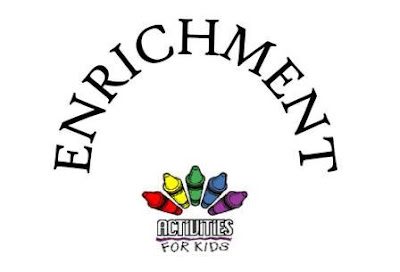This is a blog describing some thoughts about issues related to event processing and thoughts related to my current role. It is written by Opher Etzion and reflects the author's own opinions
Sunday, February 19, 2012
On enrichment - and the difference between BRMS and EP
A recent article in the IBM developerWorks discusses two ways to enrich data used for rules from external databases, one of them is doing the enrichment in the request level, before calling the "decision server" (which is the current name for using BRMS system using the request-response protocol), the other one is doing enrichment during the rule processing itself. The article describes how each of these options is done and also discusses pros and cons, the benefits of enrichment by the request level are - less complexity, and better performance of the rule component; the benefits off enrichment at the rule level are - handling dynamic data and more specialization for the exact data that is being used by the rule.
Thinking about event processing -- there is similarity to the BRMS case, event can be enriched both by the event producer and as part of the event processing itself, the arguments are not far from those in the BRMS case, there is one fundamental difference in event processing -- the work is not done using the "request-response" protocol, moreover, the different part of the system are decoupled, thus the event producer does not necessarily know what purposes the event is going to be used, thus there may be different types of enrichment needed for different uses. The dynamic aspect is applicable here, and there may be some race conditions in highly dynamic systems between updates in the database that was enriched and its use in enrichment, unless the event processing enrichment system locks the data in the database until it is being used in the event processing system, which requires the event processing system to exhibit a transactional behavior for part of it, but I'll not get now into this issue,
Bottom line: The considerations in event driven architecture are somewhat different than the request-response systems that are the most common one in computing.
Subscribe to:
Post Comments (Atom)

No comments:
Post a Comment